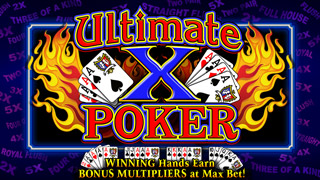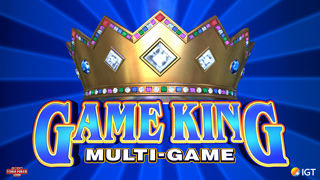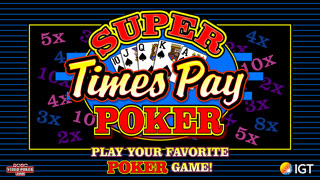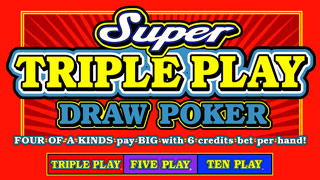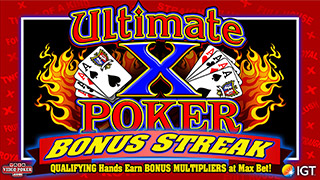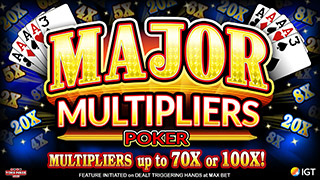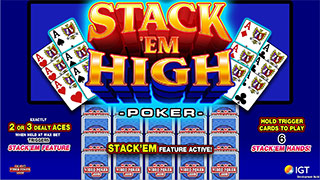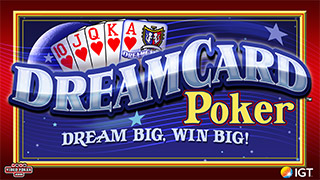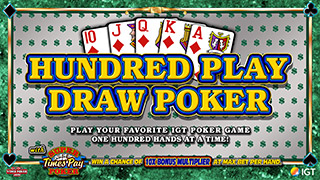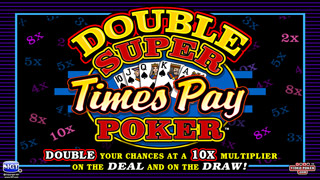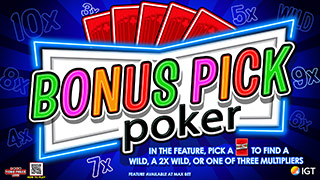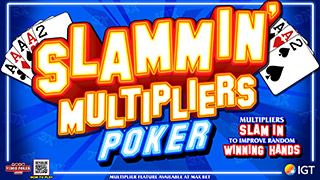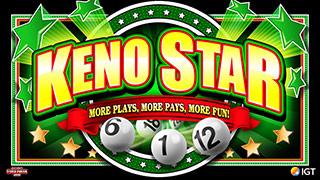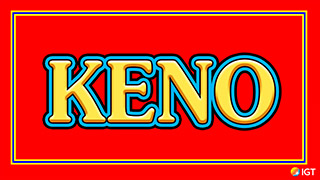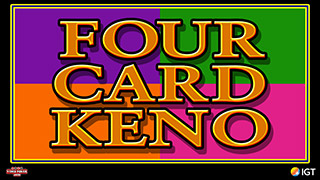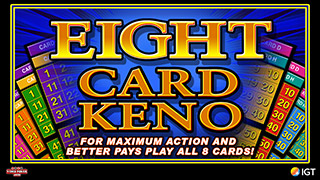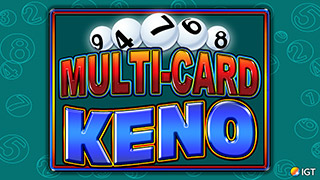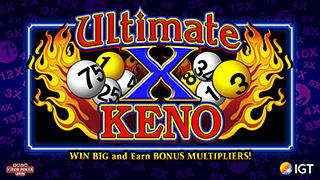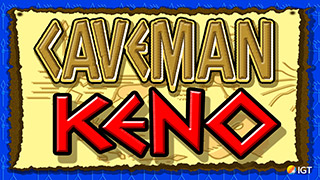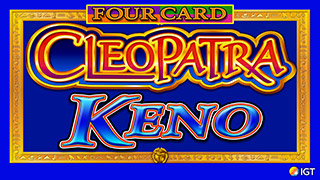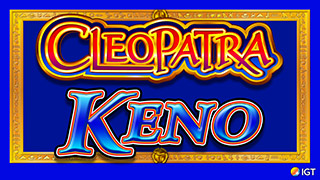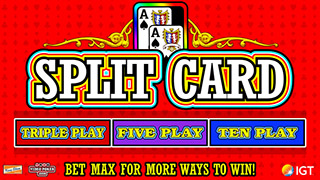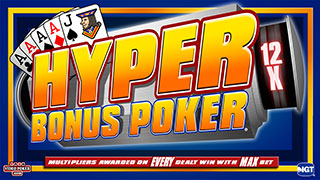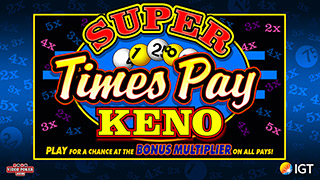Chase the royal or keep the flush?
-
bobvandy33
- Forum Newbie
- Posts: 2
- Joined: Tue Feb 25, 2020 10:54 am
Chase the royal or keep the flush?
I was playing today's (3/24/20) challenge, which was Hundred Play Draw Poker, Triple Double Bonus. I was dealt the following hand: Ah, Kh, Jh, Th, 3h for a flush out of the gate. It pays 35 per flush, so times 100, it was going to pay out 3,500 credits if I stayed pat.
I decided to discard the 3h to chase the Qh for the royal because my thinking was that if I hit just one Qh I would make an additional 500 credits off of my guarantee, with the possibility of hitting multiple Qh's.
Ultimately, I didn't hit any queen of hearts and only made roughly 900 credits by hitting some Jacks or better, straights, and flushes.
Did I make the proper decision by chasing the queen of hearts or if this situation arises when I'm in an actual casino do I stay pat and take the automatic large payout?
Thanks in advance for the help, I'm a rookie who is trying to figure out the proper plays in these situations!
I decided to discard the 3h to chase the Qh for the royal because my thinking was that if I hit just one Qh I would make an additional 500 credits off of my guarantee, with the possibility of hitting multiple Qh's.
Ultimately, I didn't hit any queen of hearts and only made roughly 900 credits by hitting some Jacks or better, straights, and flushes.
Did I make the proper decision by chasing the queen of hearts or if this situation arises when I'm in an actual casino do I stay pat and take the automatic large payout?
Thanks in advance for the help, I'm a rookie who is trying to figure out the proper plays in these situations!
-
verylowroller
- Forum Rookie
- Posts: 23
- Joined: Wed Apr 03, 2019 12:26 pm
Hi Bob. I just tried the hand you described using the pro trainer on this site. Assuming I used the right pay table and didn't do something dumb, going for the royal has an expected EV of 92.553, while keeping the flush has an EV of 35.00. You absolutely did the right thing.
-
Gronbog
- Senior Member
- Posts: 268
- Joined: Tue Jan 09, 2018 4:59 pm
Winning the contests is not about maximizing EV. It's about maximizing variance. Those with the best scores have hit one or more jackpot hands during the course of the contest. This change in goal leads to some changes in the optimal strategy. In this case, where you had a 8/47 chance of hitting the royal, and going for it was also the correct EV maximizing choice, it was definitely the correct variance maximizing choice.
-
verylowroller
- Forum Rookie
- Posts: 23
- Joined: Wed Apr 03, 2019 12:26 pm
The EV versus variance point is fascinating to me. If you don't mind explaining, I'd like to get a better grip on this. Specifically: (1) how do you know how to adjust your strategy for a contest as opposed to regular play? (2) How much EV are you willing to sacrifice for the sake of more variance? Is there a literal calculation involved?
-
tech58
- Video Poker Master
- Posts: 1467
- Joined: Tue Mar 11, 2014 1:21 pm
If the game is 100 play,is that not 100 shots at a Royal?
If so, how is that "a 8/47 chance"? I never have played multi-play games so asking out of ignorance.
If so, how is that "a 8/47 chance"? I never have played multi-play games so asking out of ignorance.
-
TripleTriple
- VP Veteran
- Posts: 879
- Joined: Sat Aug 31, 2019 7:18 pm
Always go for the royal when you have flush with 4 to the royal...except when you have the K high SF. At least when playing for money. In a challenge here, it's up to you I guess...I would definitely go for it, because others will too.
And I wouldn't call it chasing the royal in these situations, you are simply making the correct play- so you are "going" for the royal. When you deliberately go against the best play then IMO you are "chasing" the royal, especially when the difference in the EV is significant.
And I wouldn't call it chasing the royal in these situations, you are simply making the correct play- so you are "going" for the royal. When you deliberately go against the best play then IMO you are "chasing" the royal, especially when the difference in the EV is significant.
-
bobvandy33
- Forum Newbie
- Posts: 2
- Joined: Tue Feb 25, 2020 10:54 am
I like the emphasis on the verb choice! Haha. Again, I'm new to this site, I enjoy it greatly, ready for the CV crisis to be over with so I can put the things I have learned into action for real!
-
Sea Lion
- Senior Member
- Posts: 323
- Joined: Thu Jan 01, 2009 1:01 am
It is 1/47 shot at the royal, per hand. On multi play games, each hand is treated separately meaning they are an individual hand with it's own deck. Be damned if I can ever hit one with a "foyal" (4 to the royal) dealt on a 10-play machine, however I have hit 2 this year with just one card dealt.
-
Gronbog
- Senior Member
- Posts: 268
- Joined: Tue Jan 09, 2018 4:59 pm
My apologies, I posted this quickly and it is completely incorrect. Please ignore.
As posted above, it is 1/47 per line. The best way to calculate the odds of getting a royal for 100 lines is to calculate the probability of not getting the royal, which is (46/47)^100=0.116=11.6% and then subtract that from 1 to get 0.884=88.4% chance of getting the royal.
Seems like a play well worth making during the contest.
-
Gronbog
- Senior Member
- Posts: 268
- Joined: Tue Jan 09, 2018 4:59 pm
The principle is that inching your score up a few small wins at a time is not going to win the contest for you. You need to hit one or more big hands in order to reach the required score. So improving the chance that you do that will improve your chance of winning the contest.verylowroller wrote: ↑Tue Mar 24, 2020 8:26 amThe EV versus variance point is fascinating to me. If you don't mind explaining, I'd like to get a better grip on this. Specifically: (1) how do you know how to adjust your strategy for a contest as opposed to regular play? (2) How much EV are you willing to sacrifice for the sake of more variance? Is there a literal calculation involved?
The fact that these holds are sometimes not EV maximizing is irrelevant because whether you fail to win with a middle of the road score or with a terrible score, the result is the same -- you don't win the contest.
By going for big wins when the opportunity presents itself, you spread the range of your possible results, trading middle of the road results for more great results and also for more terrible results. As I said above, the trade off of middle results for terrible results is irrelevant because they are all failing results. It is only the increase in the number of great results that matters.
As for how to calculate when to deviate, the software would have to calculate the variance of various holds instead of the EV and then prefer the holds with larger variance. I don't know if there is any existing software that does this.



